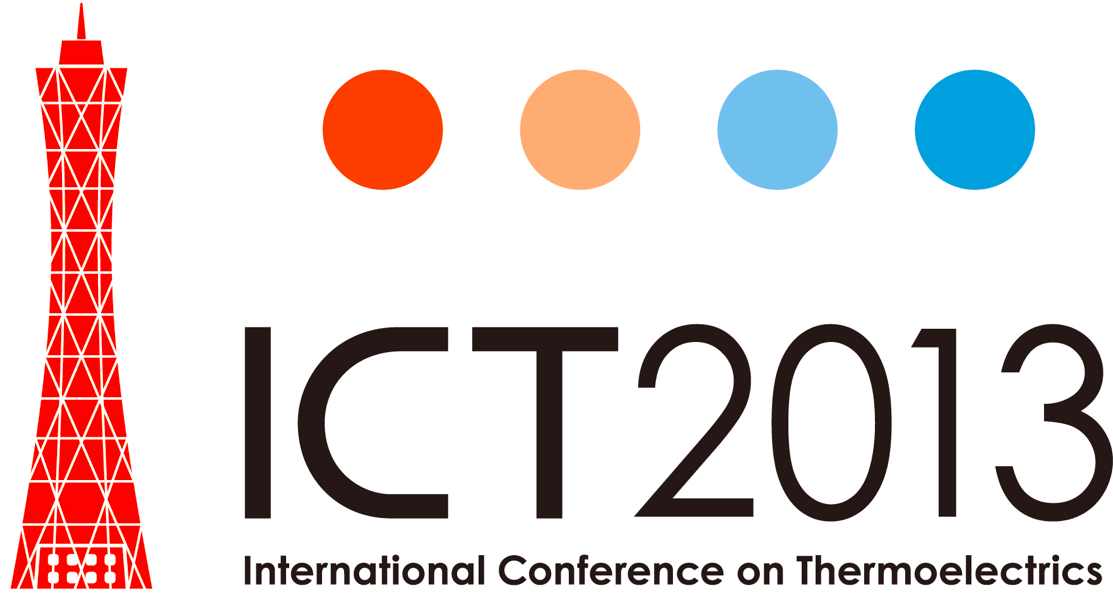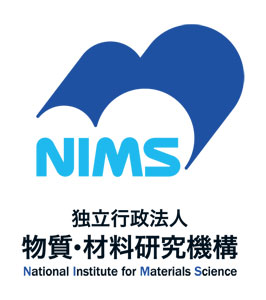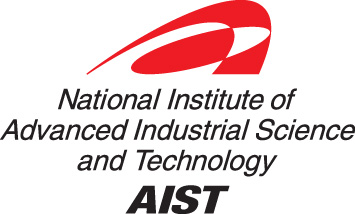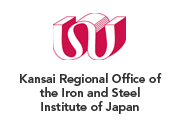Oral Session››Floor Plan
Kobe International Conference Center
6-9-1 Minatojima-nakamachi, Chuo-ku, Kobe 650-0046, Japan
http://kobe-cc.jp/english/index.html
Poster Session››Floor Plan
The Kobe Chamber of Commerce and Industry
6-1 Minatojima-nakamachi, Chuo-ku Kobe 650-8543, Japan
http://kobe-cci.weebly.com/index.html
A Brief Look at Kobe City and Hyogo Prefecture
1. History
About Hyogo Prefecture
 Hyogo Prefecture, located near the center of Japan, faces the Japan Sea in the north and the Pacific Ocean via the Seto Inland Sea in the south. The reference for Japan Standard Time, 135º east longitude, runs through the central part of the prefecture. Hyogo is blessed with an abundance of wonderful resources and the UNESCO World Heritage Site of Himeji Castle is just one representative example of the prefecture’s history and culture. The nature of M. Rokko; the prosperity of Arima, Kinosaki, and Yumura hot springs; Kobe beef and Izushi soba; and snow crab and local sake are some other examples.
Hyogo Prefecture, located near the center of Japan, faces the Japan Sea in the north and the Pacific Ocean via the Seto Inland Sea in the south. The reference for Japan Standard Time, 135º east longitude, runs through the central part of the prefecture. Hyogo is blessed with an abundance of wonderful resources and the UNESCO World Heritage Site of Himeji Castle is just one representative example of the prefecture’s history and culture. The nature of M. Rokko; the prosperity of Arima, Kinosaki, and Yumura hot springs; Kobe beef and Izushi soba; and snow crab and local sake are some other examples.
| Area | 8,395.84km2 *1/50 the size of California, USA |
| Population | 5,599,359 (Prefectural capital Kobe City: 1,536,685) *Prefecture with the 7th largest population |
About Kobe City
Kobe has developed as a trading port since ancient times. As early as the Nara period in the eighth century, the port, originally named Owada no Tomari, was already prospering as a gateway for trade with foreign countries beginning with China.
 With the end of the more than two centuries of national isolation imposed during the Edo period, Kobe again opened up to the world. It has since flourished and grown as one of Japan's most important international trading ports. The vibrant culture and spirit of the city, which has been created by many visitors from around the world and through direct contact with a diverse array of foreign cultures, is very much alive in the streets of Kobe and in the minds of its citizens.
With the end of the more than two centuries of national isolation imposed during the Edo period, Kobe again opened up to the world. It has since flourished and grown as one of Japan's most important international trading ports. The vibrant culture and spirit of the city, which has been created by many visitors from around the world and through direct contact with a diverse array of foreign cultures, is very much alive in the streets of Kobe and in the minds of its citizens.
 Kobe was severely damaged by the Great Hanshin Earthquake in 1995, although the city has now completely recovered. Today there are many research institutes for disaster management in Kobe in order to apply the lessons learned.
Kobe was severely damaged by the Great Hanshin Earthquake in 1995, although the city has now completely recovered. Today there are many research institutes for disaster management in Kobe in order to apply the lessons learned.
2. Access to Kobe
Kobe is close to Kansai International Airport, a major gateway to Japan, making it ideal for international conventions. In addition, Kobe Airport opened in February 2006, bringing with it new land, air and sea access options. Travel to Kobe is easier and smoother than ever before. Within the city there are various public and private rail services (JR, Hankyu, Hanshin, Kobe Kosoku, Sanyo, Kobe Rail, and Hokushin Express). Furthermore there is a subway system, the Kobe New Transit Port Liner and Rokko Liner, plus a a comprehensive bus network, all of which ensure participants can move around town safely and efficiently.
Kansai International Airport (KIX) is the closest international gateway for Kobe, located around Osaka Bay along a fast coastal highway. To transfer from KIX to Kobe:
-Taxi: About 70 minutes (KIX to downtown Kobe, Sannomiya).
-Limousine Bus: 65 minutes (KIX to downtown Kobe, Sannomiya) (Buses run every 10-20 minutes, 06:20-23:15).
-Bay Shuttle Ferry: 31 minutes (KIX to Kobe Marine Air)
(Ferries run every 45-60 minutes, 07:15-22:00).

3. Climate of Kobe
A city on the shore of the Seto Inland Sea, Kobe's climate is characterized by comparatively mild winters and cool summers, not unlike a typical Mediterranean climate, with an average year-round temperature of 17℃.
| Jan | Feb | Mar | Apr | May | Jun | Jul | Aug | Sep | Oct | Nov | Dec | ||
| KOBE CITY | Average Temperature (℃) | 6.0 | 4.9 | 10.6 | 15.1 | 19.6 | 22.9 | 28.0 | 28.3 | 25.1 | 20.1 | 13.7 | 9.5 |
| (F) | 42.8 | 40.8 | 51.1 | 59.2 | 67.3 | 73.2 | 82.4 | 82.9 | 77.2 | 68.2 | 56.7 | 49.1 | |
| Precipitation (mm) | 38.0 | 45.0 | 89.0 | 127.5 | 173.0 | 137.5 | 64.5 | 67.5 | 136.0 | 63.5 | 56.0 | 43.5 |
For further information, please visit the Official Kobe Tourism site as below.











